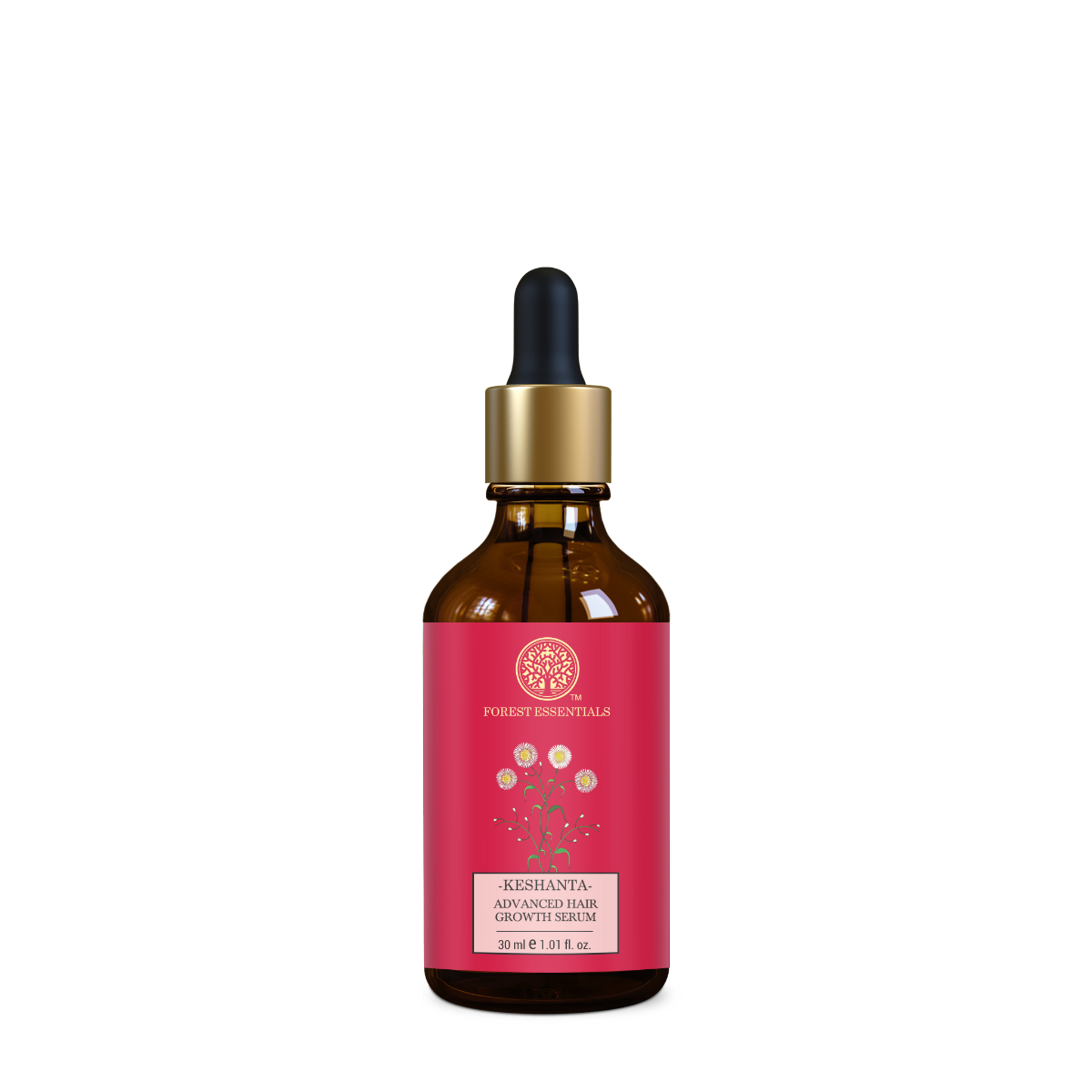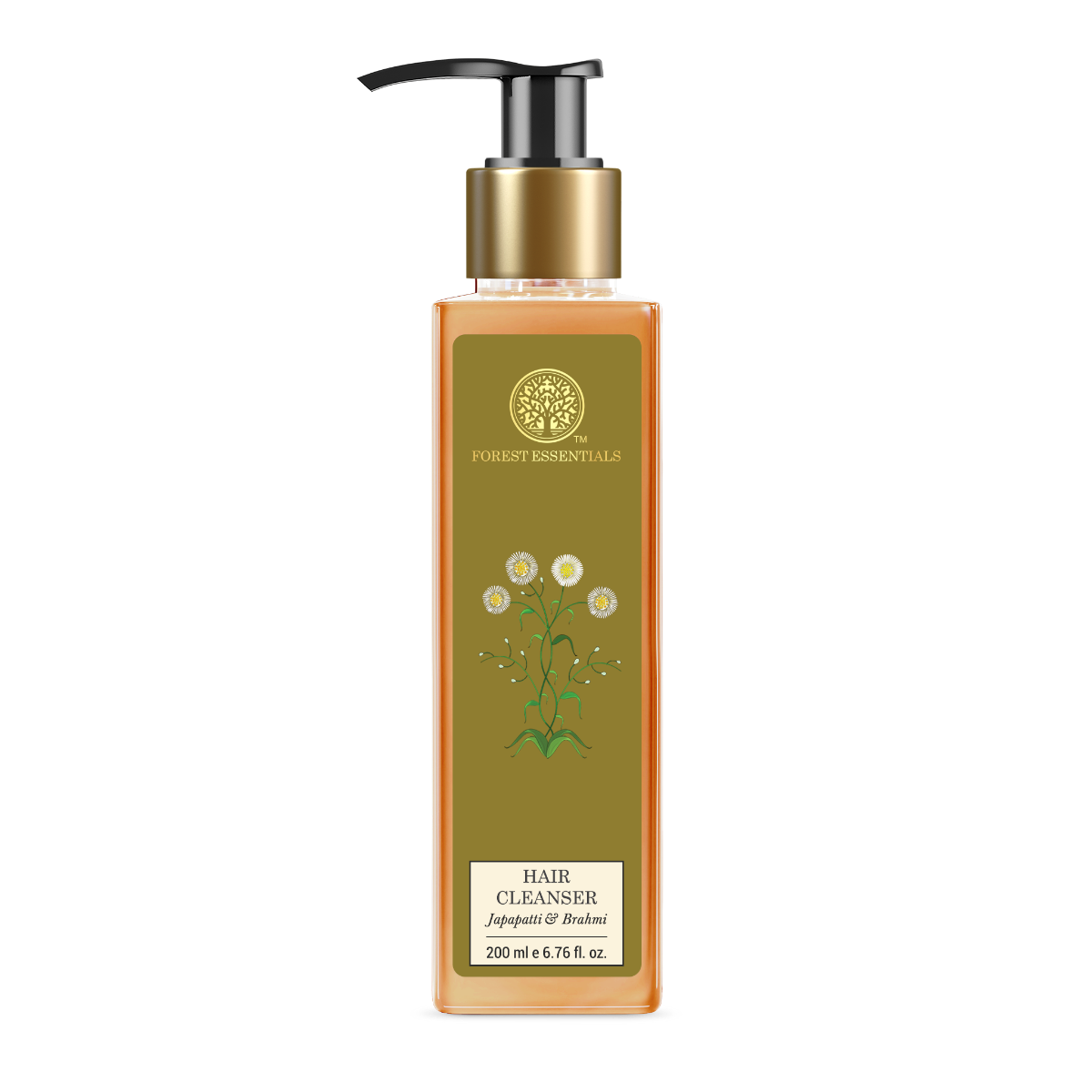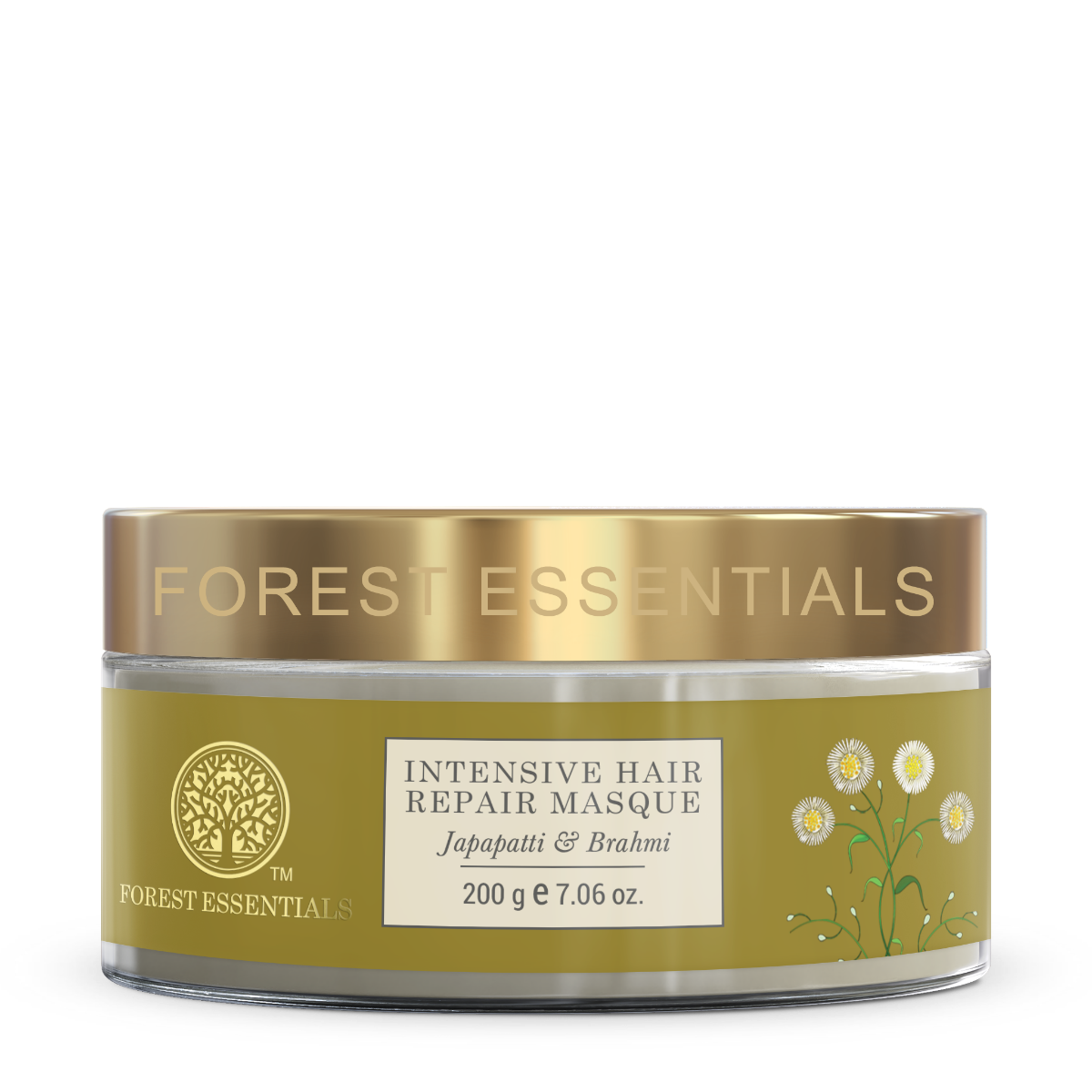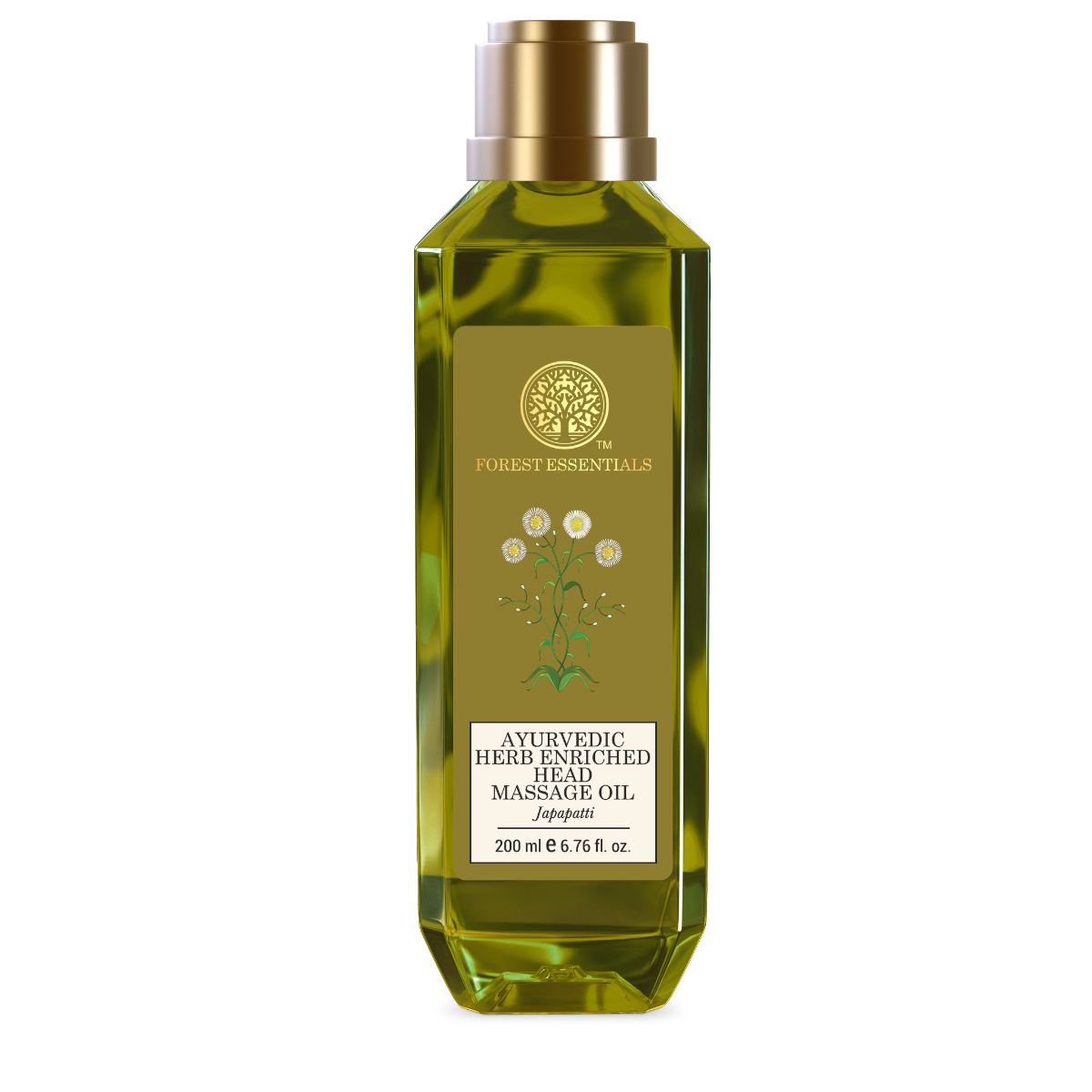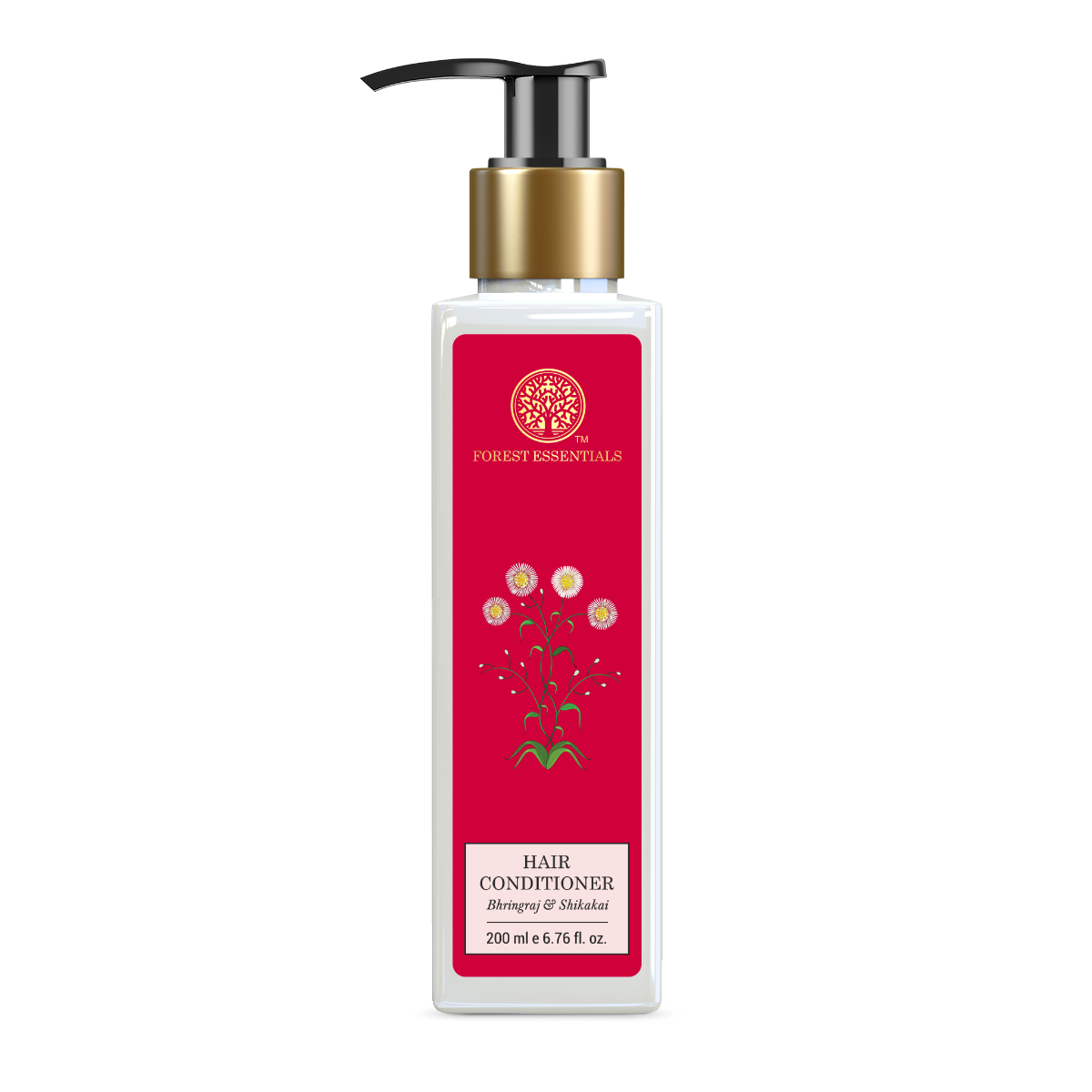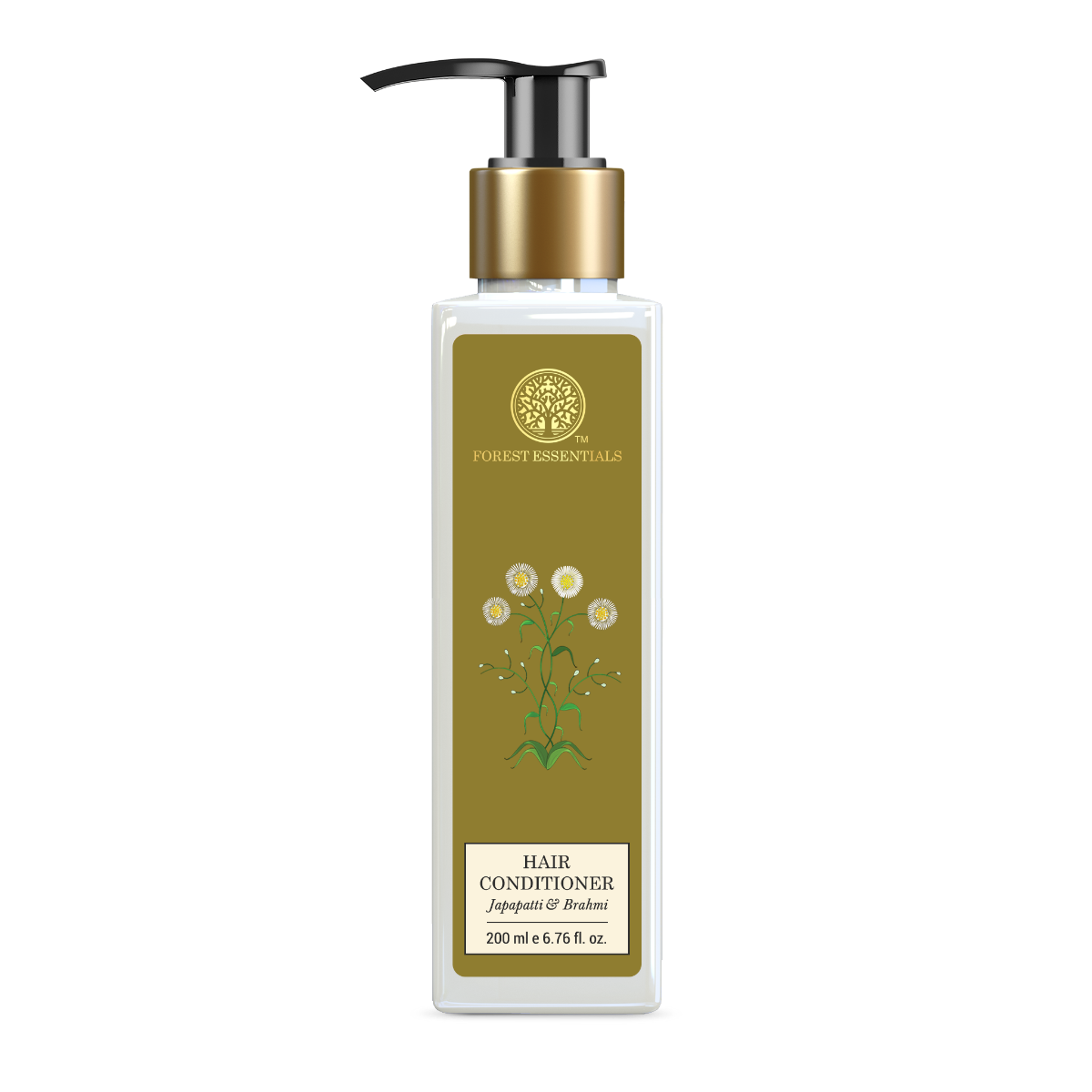Let’s be honest—damaged hair is something we’ve all had to deal with at some point. Whether it’s because we’ve gone a little overboard with the straighteners, tried one too many DIY hair colours, or just faced the inevitable wear and tear of everyday life, our hair can start looking (and feeling) less than fabulous. You know that moment when you run your fingers through your hair, and it feels more like straw than silk? Yeah, we’ve been there.
But here’s the good news: you don’t have to live with dull, lifeless locks forever. There are ways to repair, restore, and bring your hair back to life—without swearing off all the things that make styling fun. So, if your hair is in desperate need of some TLC, keep reading.
Signs of Damaged Hair

Before diving into treatments, it’s crucial to recognise the signs of damaged hair, so you can tackle the issue head-on. Here are some tell-tale signs your hair might need extra care:
- Dryness and Rough Texture: Damaged hair often feels rough to the touch and lacks moisture, giving it a dry, straw-like appearance.
- Split Ends: If you notice more split ends than usual, it’s a sign that your hair is suffering from wear and tear.
- Frizz and Breakage: Increased frizz and breakage, particularly when brushing or styling, are signs your hair is weak and brittle.
- Lack of Shine: Healthy hair reflects light and has a natural shine. Damaged hair, on the other hand, looks dull and lifeless.
- Increased Hair Fall: If you’re noticing more hair shedding than usual, particularly when washing or styling, this could indicate deeper damage.
Once you’ve identified these signs, it’s time to explore what’s causing the damage and how you can reverse it.
What Causes Damaged Hair?

To repair damaged hair, it’s essential to understand its root causes. Several factors can contribute to weakened, brittle locks:
- Heat Styling: Frequent use of hair dryers, straighteners, or curling irons can strip the hair of its moisture, making it dry and prone to breakage.
- Chemical Treatments: Overuse of hair dye, bleach, or perms weakens the hair’s structure, leaving it fragile and dehydrated.
- Environmental Stressors: Sun exposure, pollution, and harsh weather conditions can damage the hair cuticle, leading to frizz, split ends, and dullness.
- Over-washing: Shampooing too often, especially with harsh, sulphate-laden products, can strip the scalp of its natural oils, causing dryness and irritation.
- Tight Hairstyles: Wearing tight ponytails, braids, or buns consistently can cause stress on the hair shaft, leading to breakage and thinning.
The Ultimate Hair Repair Routine

Repairing damaged hair doesn’t happen overnight, but with a dedicated routine and the right products, you can nourish your hair back to health. Here’s how to build an effective routine that will target your hair’s needs.
1. Nourish Deeply with a Head Massage Oil
A nourishing head massage oil is a must for damaged hair. The Forest Essentials’ Ayurvedic Herb Enriched Head Massage Oil Japapatti is made using the finest-quality cold-pressed oils and potent Ayurvedic ingredient, following an ancient recipe. This potent blend features Black Sesame and Virgin Coconut Oil infused with extracts of Licorice, Nilini flower, Hibiscus, and Basil. It’s a powerhouse for coloured and chemically treated hair, improving overall texture, volume, and repair. The herbs used in this oil not only strengthen the hair but also lend it a lush, nourished look. Regular use will help restore vitality, making your hair feel softer and more voluminous over time.
2. Cleanse Gently but Thoroughly
The first step in treating damaged hair is choosing the right shampoo. Avoid harsh shampoos that contain sulphates (SLS/SLES), which can strip your hair of essential moisture. Instead, opt for something nourishing like the Forest Essentials’ Japapatti & Brahmi Hair Cleanser, which is a gentle, sulphate-free formula enriched with Reetha, a natural cleansing herb. This shampoo for damaged hair cleanses without drying the scalp, while Hibiscus (Japapatti) and Brahmi extracts nourish the hair deeply, reducing hair fall and preventing further damage. Nagarmotha extracts help maintain your hair’s natural colour, making it ideal for those who have dyed or processed locks. It’s an excellent remedy for dry and chemically treated hair.
3. Condition and Hydrate
Conditioning is essential to repair and restore moisture to damaged hair. After shampooing, follow up with a hydrating conditioner like the Forest Essentials’ Japapatti & Brahmi Hair Conditioner. This luxurious hair conditioner is infused with emollient oils of virgin Coconut, Olive, and Black Sesame, all of which work together to deeply nourish and hydrate the hair. The addition of Hibiscus flowers and leaves helps smooth split ends and leaves your hair soft, manageable, and radiant. Regular use of this conditioner will help bring life back to your locks, making them look healthier and shinier with each wash.
4. Treat with a Weekly Hair Masque
For deeper repair, especially if your hair has been exposed to heat or chemical treatments, incorporating a weekly hair masque into your routine is crucial. The Forest Essentials’ Intensive Hair Repair Masque Japapatti & Brahmi is an excellent option for an intense treatment. Made with fresh herb infusions like Methi and Brahmi, and enriched with Banana pulp and Nagarmotha, this rich masque is designed to restore moisture, repair split ends, and leave your hair feeling soft and luxurious. The masque delivers essential vitamins and oils that penetrate deep into the hair shaft, making it a perfect solution for repairing damaged hair and restoring its lustre.
5. Protect from Future Damage
Prevention is just as important as treatment when it comes to damaged hair. Here are a few simple but effective habits to adopt:
- Limit Heat Styling: Reduce your use of heat tools like straighteners or curling irons, and always use a heat protectant if you do style your hair.
- Be Gentle When Drying: Instead of vigorously towel-drying your hair, gently blot it with a soft microfiber towel to avoid unnecessary friction and breakage.
- Detangle with Care: Use a wide-tooth comb to detangle wet hair, starting from the ends and working your way up to minimise breakage.
- Shield from the Sun: Just like your skin, your hair can suffer from sun damage. Wear a hat or use a product with UV protection when spending time outdoors.
Conclusion
Dealing with damaged hair can feel like a daunting task, but with the right approach, it is entirely possible to bring your hair back to life. By understanding the causes of hair damage and using nourishing, natural products like the Forest Essentials’ Japapatti & Brahmi range, you can restore moisture, strengthen your hair, and protect it from further harm. Remember, consistency is key, and with a little patience, you’ll have healthy, beautiful locks once again.
FAQs
How to fix damaged hair?
To fix damaged hair, use a gentle sulphate-free shampoo, follow with a nourishing conditioner, and apply a weekly hair masque. Minimise heat styling, protect your hair from environmental damage, and trim split ends regularly.
Can damaged hair be repaired?
Yes, damaged hair can be repaired with consistent care. While you can’t completely reverse severe damage, you can restore moisture, improve texture, and strengthen your hair with the right products and routines.
Is a hair dryer harmful for hair?
Excessive use of a hair dryer, especially on high heat, can cause hair damage by stripping moisture and weakening the strands. Use it on a low heat setting and apply a heat protectant to minimise harm.
What are signs of damaged hair?
Signs of damaged hair include dryness, rough texture, split ends, increased breakage, frizz, lack of shine, and excessive hair fall.
How Long Does It Take to Repair Damaged Hair?
Hair repair takes time and consistency. Depending on the level of damage, you may start seeing improvements in a few weeks, but full restoration could take a few months. Keep up with your nourishing routine, and you’ll soon notice that your hair feels softer, looks shinier, and is less prone to breakage.
References
https://www.vogue.in/content/how-to-repair-damaged-hair-according-to-experts
https://www.kerastase.com.ph/kerastase-articles-page/guide-to-repairing-dry-and-damaged-hair
https://www.medicalnewstoday.com/articles/how-to-repair-damaged-hair#treatment
https://odelebeauty.com/blogs/the-rinse/how-to-fix-heat-damaged-hair-without-cutting
https://www.researchgate.net/publication/265285712_A_study_of_damaged_hair





